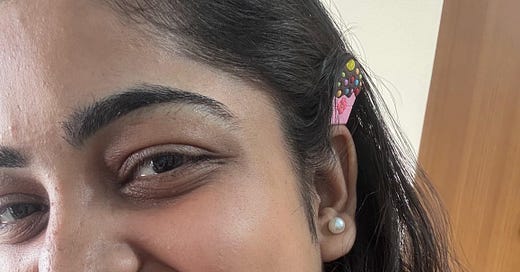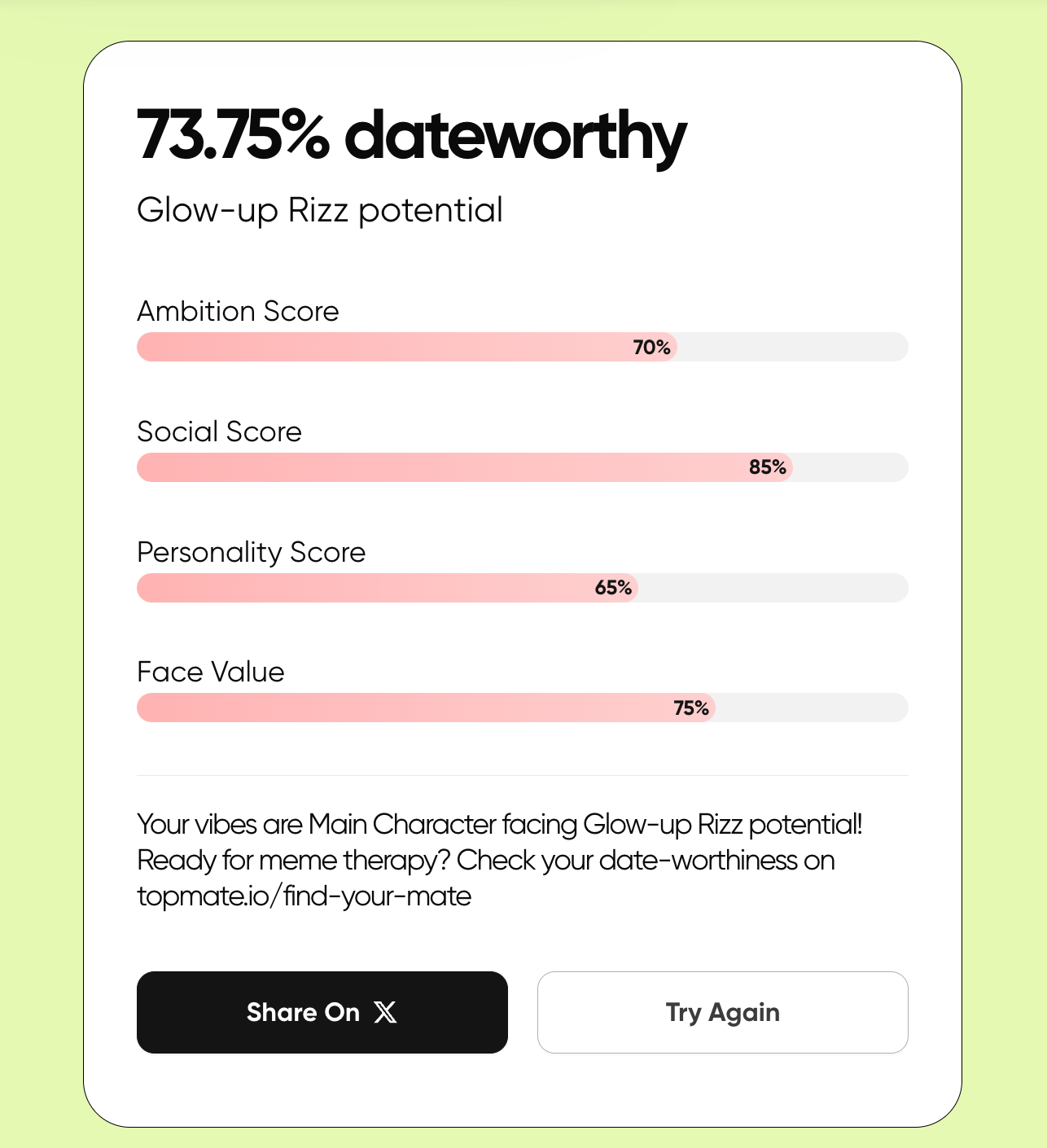Heyaaaa,
I’m Nimisha Chanda, and I’ve been writing every day lately - so here we go again. :P
Today was a good day to be alive.
I don’t know where I will be in the next five years, but I’m happy to be this chirpy, cutu, bubbly kid, spreading love around her.
For the past two weeks, I’ve been in the news for the two campaigns I ran at Topmate. The kid is famous :D
Despite all the bashing, trolls, and hate, people appreciated the kind of ideas I come up with.
And so, let’s talk about disruptive marketing.
Why Disruptive Marketing?
Disruptive marketing is not just about making noise; it’s about making an impact. The best brands don’t just fit into the market - they reshape it.
But why should a brand go disruptive? Disruption is not about being loud. It’s about making the old way obsolete.
Most people don’t realise this, but the best marketing doesn’t even feel like marketing. It feels like a movement. Apple didn’t market the iPhone as just another phone - it made button-heavy phones feel ancient. Airbnb didn’t just sell cheaper stays - it made hotels feel restrictive. That’s disruption.
And if you look closely, you’ll notice something interesting - disruptive marketing almost always follows the same pattern:
It challenges an existing belief.
It creates something that people can’t ignore.
It turns customers into marketers.
But why should you do Disruptive Marketing?
1. Consumer Attention Span is Shrinking
In a world where people scroll past a post in 1.7 seconds, the old-school marketing methods don’t work. Disruptive marketing forces people to stop, take notice, and engage.
2. The Market is Overcrowded
Every brand is fighting for attention. If you’re following the same tactics as your competitors, you’ll just be another name in the crowd. Disruptive marketing makes sure you stand out.
3. Emotions Drive Decisions
People don’t buy products; they buy feelings. They either generate the positive arousal or the negative anger emotion.
Here’s the secret: every disruptive campaign starts with a fundamental truth that people secretly believe, but no one has articulated yet.
Airbnb’s insight wasn’t just "people want cheaper stays." It was, "People don’t want to feel like tourists."
Nike’s campaign with Colin Kaepernick wasn’t just about sportswear. It was, "Sports are political, whether you like it or not."
How to Create a Disruptive Marketing Strategy
I have spent countless hours reading about Viral Marketing Strategies, different campaigns being run by different industries and found out a few common points around creativity, psychology, and timing.
Here’s what it requires →
1. Find Your Viral Trigger:
A viral trigger is what makes people say, "OMG, you need to see this!". There are two emotions that you trigger to create a viral trigger - “positive arousal” or “negative anger”.
Nothing in between ever works well.
Case Study: Topmate
We launched the dateworthy calculator on 29th January 2025 and everyone around just wanted to see or try it. Why? Because it initiated the “positive arousal” emotion.
Here are a few other ways to do it as well:
Curiosity → (e.g., Spotify Wrapped: “What does my music taste say about me?”)
Controversy → (e.g., Nike’s Kaepernick ad: “Do you stand with him or not?”)
Humour → (e.g., Duolingo’s ad: “A language app that roasts me? I love it.”)
2. Create a Viral Loop
A viral loop is when your marketing is so engaging that people spread it for you. The key elements of a viral loop:
Make it Engaging → Retain the users in your system and amplify their emotions as much as you can.
Encourage User Participation → Duolingo streaks, Instagram filters, and contests drive organic growth.
Use Social Proof → People trust people. If their friends are talking about it, they will too.
Example: Dateworthy tool
We had our users attention after we triggered the positive arousal emotion and we were able to hold them in our system for long by telling them their ambition score, face value and a few other traits.
3. Sharing Funnel:
The best marketing is built around people, not brands. Focus on:
User-generated content (UGC) → Let people create content or share it for you. That’s how you get word of mouth.
Brand Collaborations → Partner with unexpected brands or influencer. It will help you get the initial traction.
Example:
For the dateworthy tool, we made it a one-click solution for people to come and share it on their social media handles - either through screenshots or with auto-generated captions from our platform.
Disruptive marketing is not for the weak-hearted. It’s for brands that want to break the rules and make new ones. Sure, you get trolled for it because I have been. But it’s for marketers who refuse to blend in.
So, the next time you’re planning a campaign, ask yourself:
"Is this just another ad? Or is this something people will talk about?"
If it’s not the latter, go back and disrupt.
Until Next Time
Nims :)






